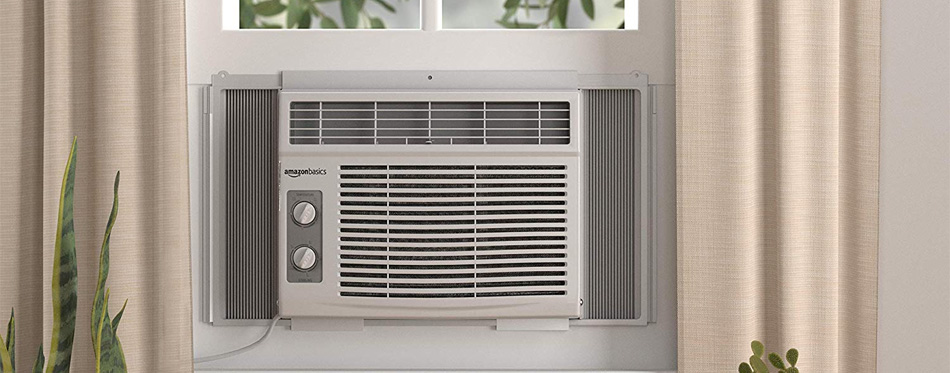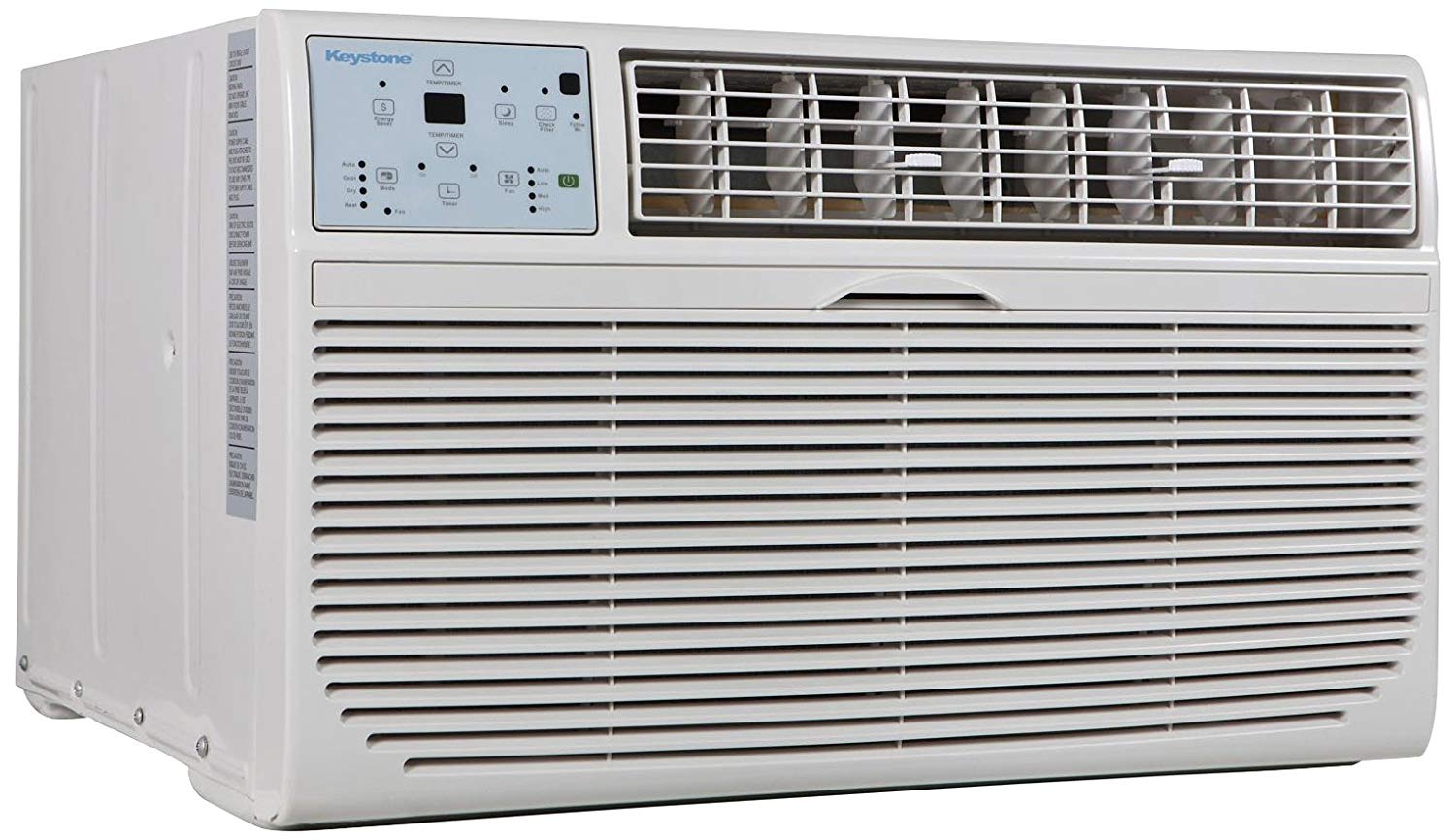

Per the chart, the through the wall air conditioner should be 10,000 BTUs.Ģ. These are the top-selling brands and an overview of what they offer.ġ. See the next section for the major brands and their quality ranking.
Smart wall ac units windows#
Slightly quieter because walls reduce noises more than windows.Tighter fit for slightly better overall energy efficiency.

Through the wall air conditioner pros: Here are reasons to consider a wall air conditioner. Here are pros and cons of a wall unit vs. If you’re deciding between a central AC and one or more wall units, that’s a helpful discussion. In the Window AC Guide, we discussed pros and cons vs. Through the Wall Air Conditioner Pros and Cons However, because a built in AC has a tighter fit than a window AC, it will use less energy during a cooling season. Efficiency: CEER ratings are about the same for window and through the wall air conditioners.
Smart wall ac units how to#
These features are fully explored in our Window AC Guide and summarized below in the How to Buy section.
Smart wall ac units portable#
Window, wall and portable air conditioners are all types of room air conditioner. Q: Is a through the wall air conditioner a room air conditioner?Ī: Yes. Given the size of the unit, how much it will cost to run annually in an average climate and average electricity costs.It is a label that includes important information: They do not heat with the same technology as they cool, unlike split system heat pumps or ductless mini split heat pumps.

Depending on CEER and size of the unit, some are certified by Energy Star.Ī: Some wall units have built-in heat elements, like a space heater. The higher the ratings, the less energy the wall unit uses. CEER is slightly lower than EER on through the wall air conditioners for this reason. The difference is that it factors in energy used by the wall unit while it is plugged in but not running. It is a combined energy efficiency rating. CEER is a newer rating that built-in ACs must use. Some homeowners prefer a finished wall opening rather than a sleeve.Ī: They are efficiency ratings. Sleeves are sold separately as an accessory when not included. Probably Not: A few units include a wall sleeve, but most don’t. Probably: Most units also include a remote control, but not all. Yes: The through the wall air conditioner and a trim kit are standard. Q: What’s in the Box? What’s not in the box? For example, LG makes 10,000 BTU units in both 115V and 230V models. Q: How much power does a built in air conditioner need?Ī: Most require a 110-120V outlet. Q: Can a wall unit cool more than one room?Ī: They serve a single room like a bedroom or one large open zone like a living room / kitchen area. Several pints of air per hour can be removed, and the lower humidity allows you to feel cooler. Q: Do through the wall air conditioners remove humidity?Ī: Yes, just like any air conditioner, a wall unit will condense moisture from inside your home and drain it to the outside. A: Units are made from 8,000 to 25,000 BTUs, but most are in the 8K to 14K BTU range.


 0 kommentar(er)
0 kommentar(er)
